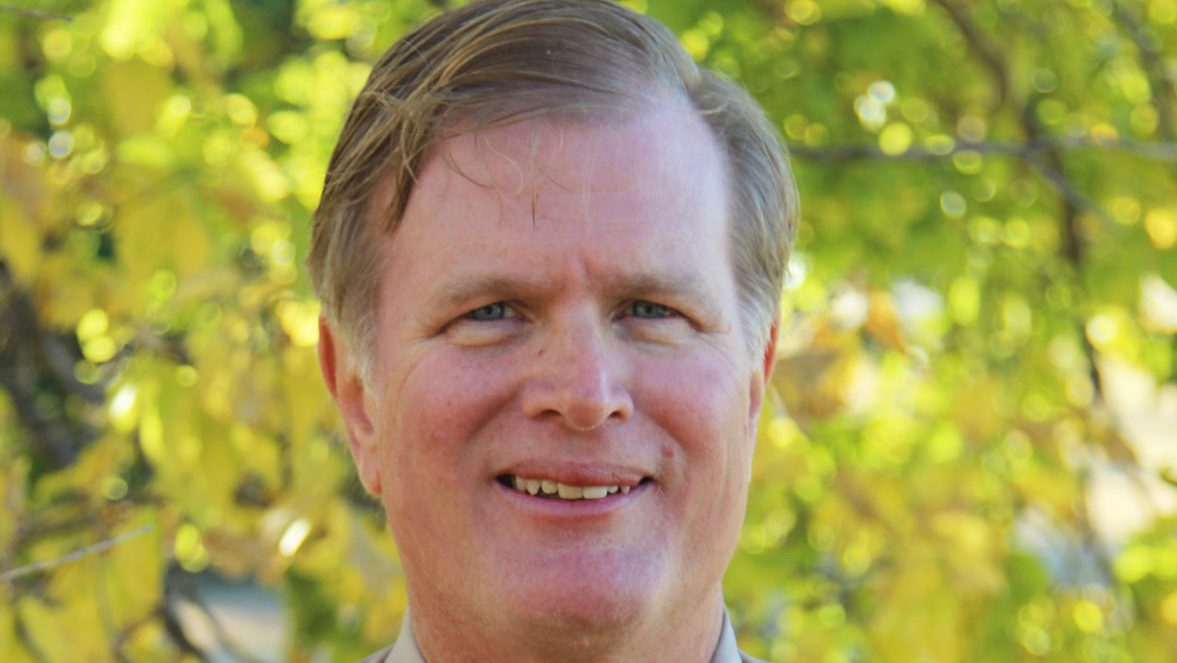A recent Kansas Farm Income presentation indicated that expectations were going to be tough news even before the COVID-19 landed on the global economic scene.
Kansas Farm Management Association economists noted the importance of a safety net in government programs to shore up farm income. Some producers were able to receive significant Market Facilitation Program payments in 2019 as a result of a trade war with China but not all producers shared in that benefit.
One goal producers share with farm economists is the best system is one in which government payments are not necessary, but certainly in 2019 and 2020 federal programs are necessary. With the pandemic’s effect, more has been required to stabilize farm incomes and household incomes as the unemployment rate has spiked to nearly 20% by some estimates in certain parts of the country. Dealing with the pandemic has changed the way all of us are doing business.
Congress, even though it is easy to make them a punching bag for many of today’s economic headaches, has put together policies that can help families and small businesses, including farmers and ranchers. Economists noted that for grain producers the 2018 farm bill improved upon the 2014 version in regard to crop insurance and that will help High Plains farmers.
As noted in an article in this week’s Journal, Field Editor Lacey Newlin reported the U.S. Department of Agriculture is launching a $16 billion Coronavirus Food Assistance Program to help livestock producers who have been hit hard because of the recessionary pressure on the economy because of the pandemic.
According to USDA farmers and ranchers will receive direct support from the Coronavirus Aid, Relief and Economic Stability Act. The program is designed to help cattle producers, who will receive the largest chunk, and lamb, swine and dairy producers. The program started May 26 and allows producers to apply through Aug. 28 through their Farm Service Agency office.
Why does all this matter? Because without government payments to boost farm economy it will put our nation’s economic and nutrition security at high risk. It also provides stability to producers when better times arrive. And they will arrive at some point. It also reflects a commitment to the rural communities in the High Plains that count on farmer and ranchers to drive their local economy.
How we go about stabilizing and incrementally improving the farm income starts with all of us. But recognizing that the importance of farm payments will help stabilize the operations also means we are investing in the future of rural economies. This year, while similar to 2019, is going to test the mettle of the High Plains, and it hopefully means as producers are about to start the summer season, they can count on a safety net.
Dave Bergmeier can be reached at 620-227-1822 or [email protected].

